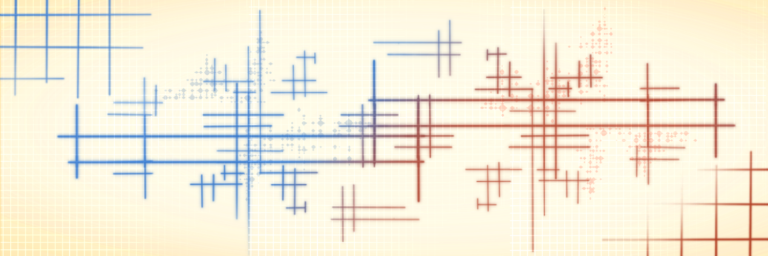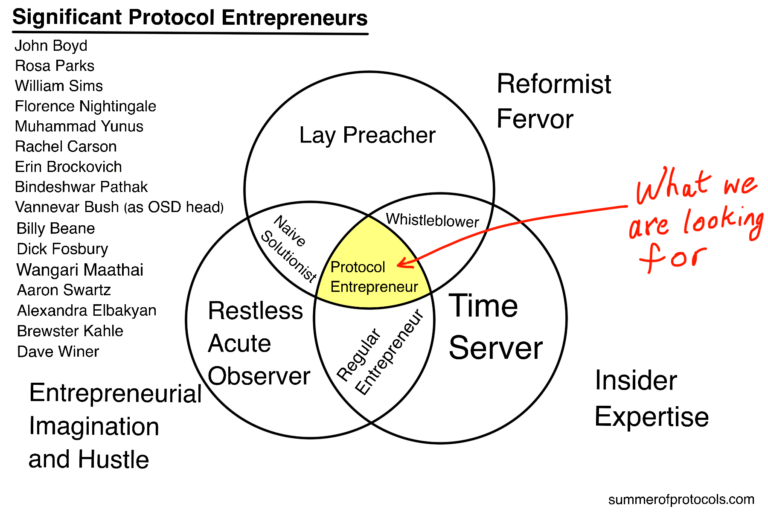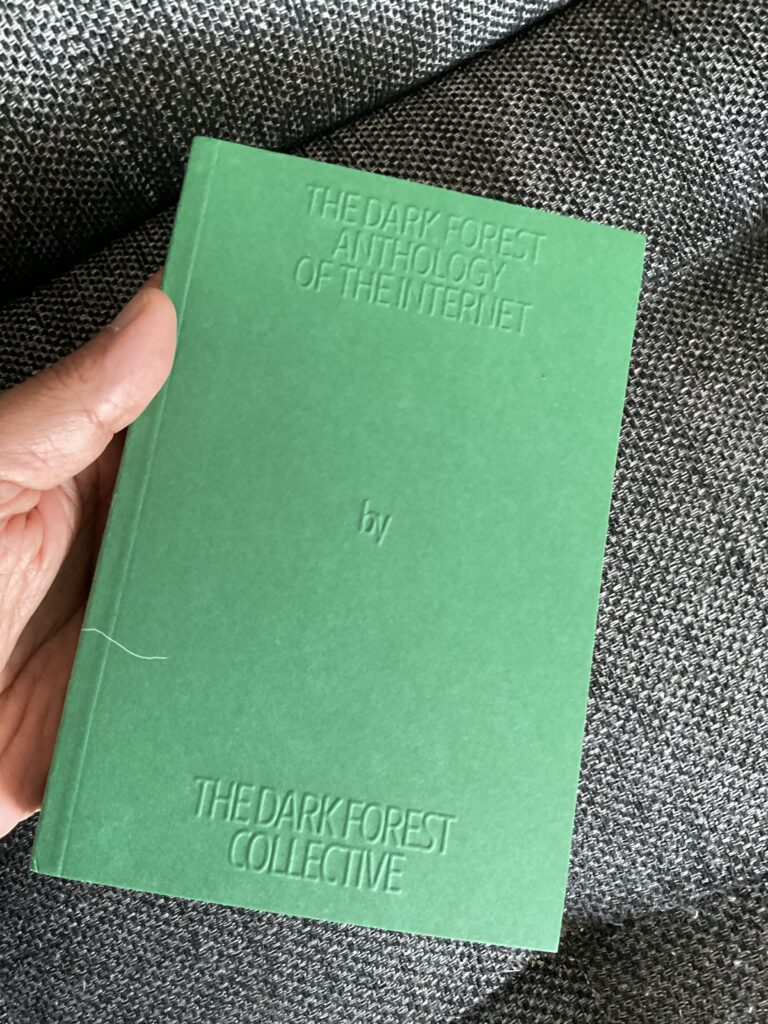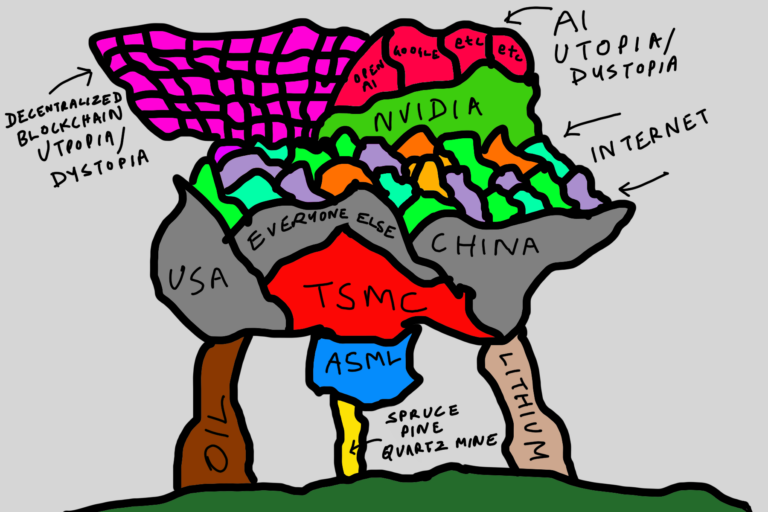Why Bats Shouldn’t Exist: The Limits of Knowledge, the Pitfalls of Prediction, and the Triumph of the Possible Over the Probable
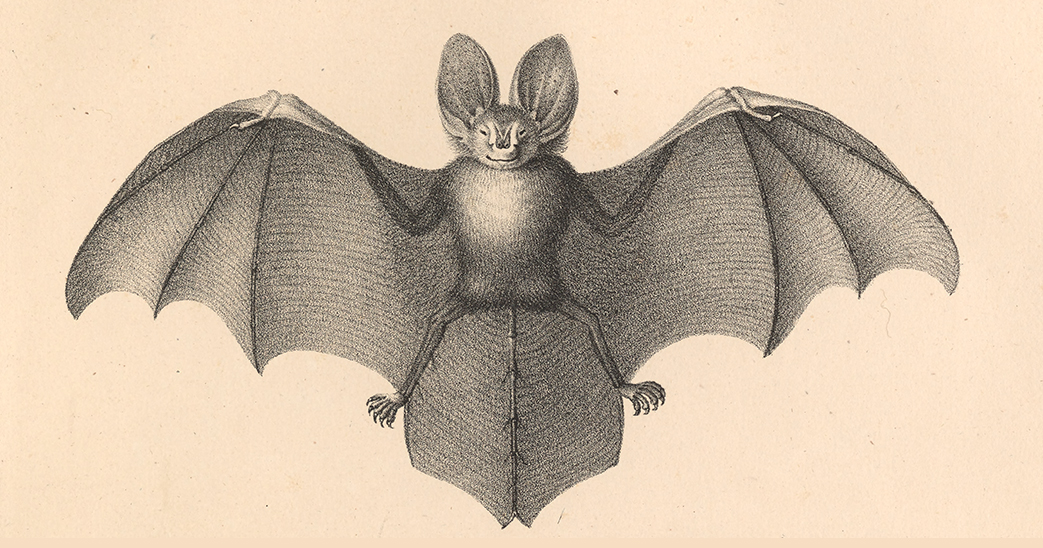
Prediction is the sharpest tool the human animal has devised — the chisel with which we sculpted survival out of chance, the fulcrum by which we lifted civilization out of survival. Among the greatest gifts of the imagination, that crowning curio of consciousness, is our ability to alchemize hindsight into foresight, to chart the most probable course of the future by drawing on our experience of the past. And yet, like the tragic flaw of the Greek hero, our great strength is also our great vulnerability. It is salutary to remember how often our predictions have been wrong, how again and again they have withheld entire regions of reality from us as we have continually mistaken the known for the knowable, our ways of knowing for the path to truth.
The shape of the Earth.
The organizing principle of the Solar System.
The bat.

If we fed what we know about mammalian anatomy and the physics of avian flight into a predictive algorithm, it would fail to produce a flying mammal. In theory, which is how we model reality in the mind, bats should not exist. And yet every evening, all over the world, winged improbabilities scribble across the gloaming sky their stenography of the possible.
Metabolism is what makes all life possible and the metabolic engine of animals hinges on breathing — hemoglobin carries oxygen from the lungs throughout the bloodstream, where it reacts with sugar from food to produce energy. Our mammalian lungs resemble a bagpipe that inflates with each inhale of oxygen and deflates with each exhale of carbon dioxide. Birds have an entirely different respiratory system — air sacs acting as bellows move oxygen through the pipe-like lungs during both inhalation and exhalation. This unidirectional air flow allows birds to fly across great distances at high altitudes where the oxygen concentration is low.

Bats have mammalian lungs. They should not be able to fly. And yet they do, their flight more metabolically efficient than that of hummingbirds. Ranging in size from the lightest known mammal — the tiny Craseonycteris thonglongyai, weighing a mere 2 grams — to the Asian flying fox with its 2-meter wingspan, they have adapted to extreme environments thanks to their virtuosic oxygen and carbon dioxide regulation.
A study of Chile’s eight species of bats found that they have a respiratory area sixfold that of other mammals and lung volumes 72% greater. Their heart — the transport system for oxygen in the blood — is larger than that of any other mammal relative to body size. At rest, their breathing rate is similar to ours. But as soon as they take flight, it increases up to seventeen-fold, reaching as many as 400 breaths per minute synchronized with their wing beat frequency to minimizing energy expenditure by combining muscle contractions. These almost supernatural lungs are sheathed in a blood-gas barrier much thinner than that of other animals, allowing oxygen to enter the bloodstream rapidly, disposing of carbon dioxide just as rapidly.

This respiratory and cardiovascular ingenuity allows bats to conserve energy during cold periods, not paying the metabolic cost of generating body heat that other mammals would — they are among Earth’s few true hibernators, capable of dropping their heartbeat sixteen-fold and their temperature to that of the cave walls that encastle them in their kingdom of darkness.

These astonishing adaptations are the sum total of myriad small defiances of prediction — chances taken on the improbable and the untested, wild guesses at the shape of the possible — without which bats would not exist. But they do, and we need them. We need bats — “swallows with spools of dark thread sewing the shadows together,” D.H. Lawrence called them — for the same reason we need apricots and lichen and the great blue heron: to remind us that the universe could have remained one homogenous sea of matter swimming in light, for nothing in the laws of physics demands that the world be beautiful or could predict the dazzling diversity of forms that makes it so. The bat is just as defiant of prediction as the Big Bang — small winged evidence that the possible is always vaster than the probable and the imagination of life is always greater than that of the living.
donating = loving
For seventeen years, I have been spending hundreds of hours and thousands of dollars each month composing The Marginalian (which bore the outgrown name Brain Pickings for its first fifteen years). It has remained free and ad-free and alive thanks to patronage from readers. I have no staff, no interns, no assistant — a thoroughly one-woman labor of love that is also my life and my livelihood. If this labor makes your own life more livable in any way, please consider lending a helping hand with a donation. Your support makes all the difference.
newsletter
The Marginalian has a free weekly newsletter. It comes out on Sundays and offers the week’s most inspiring reading. Here’s what to expect. Like? Sign up.
What's Your Reaction?
 Like
0
Like
0
 Dislike
0
Dislike
0
 Love
0
Love
0
 Funny
0
Funny
0
 Angry
0
Angry
0
 Sad
0
Sad
0
 Wow
0
Wow
0
